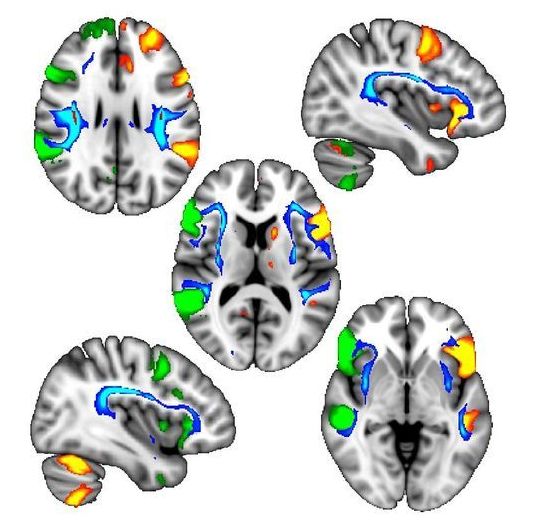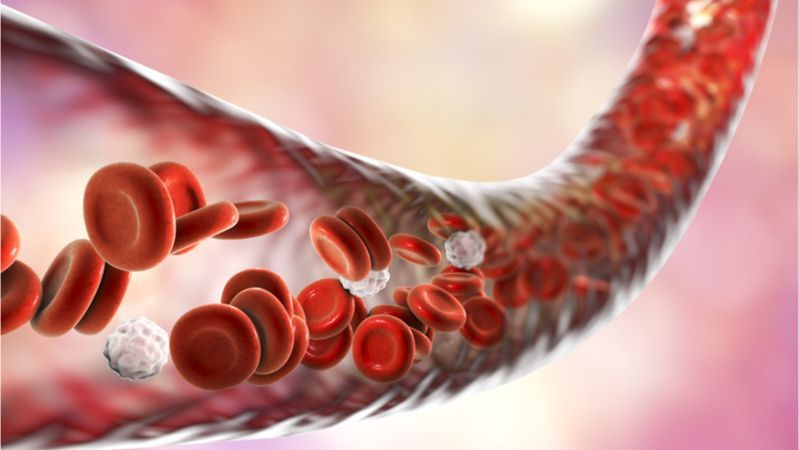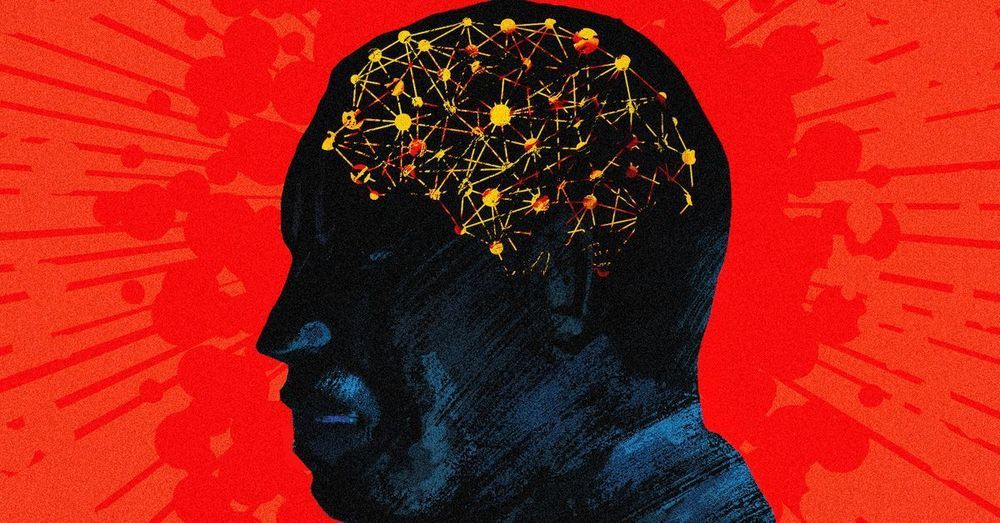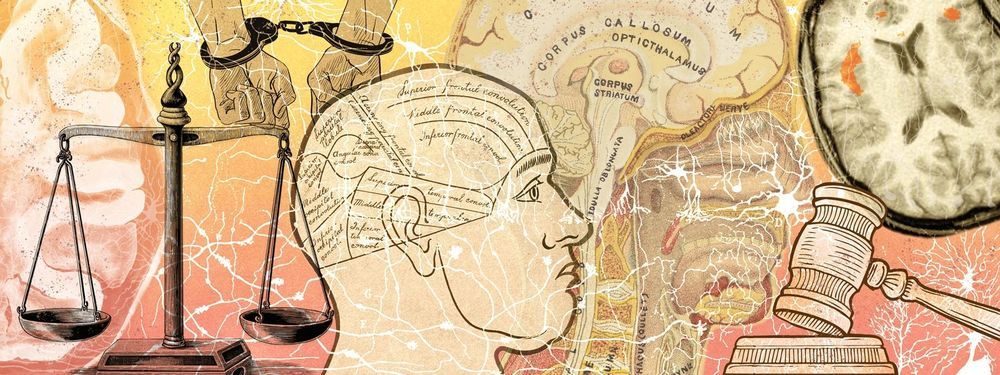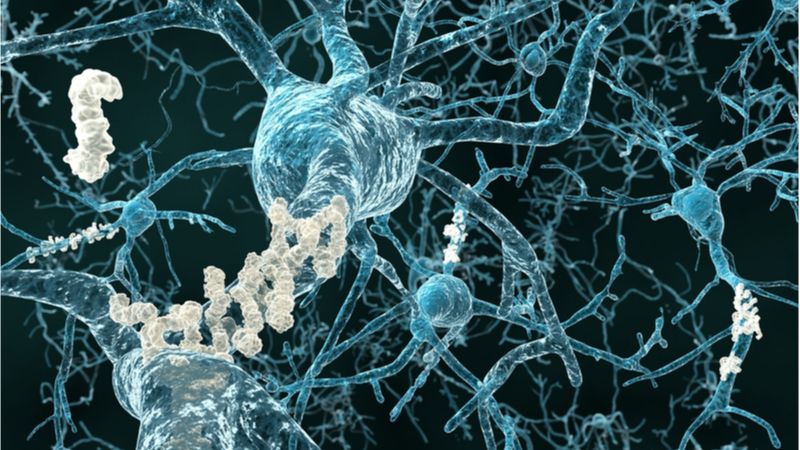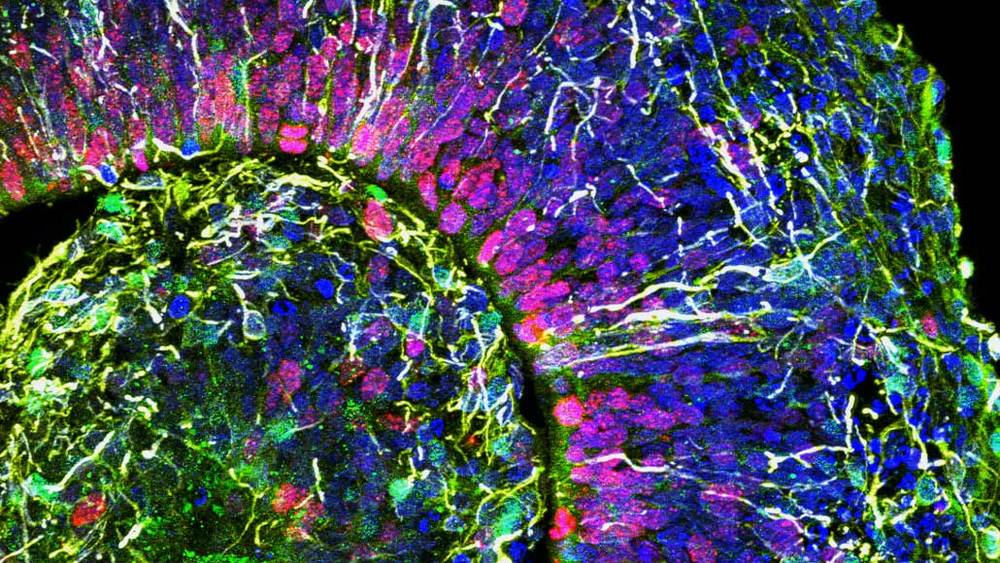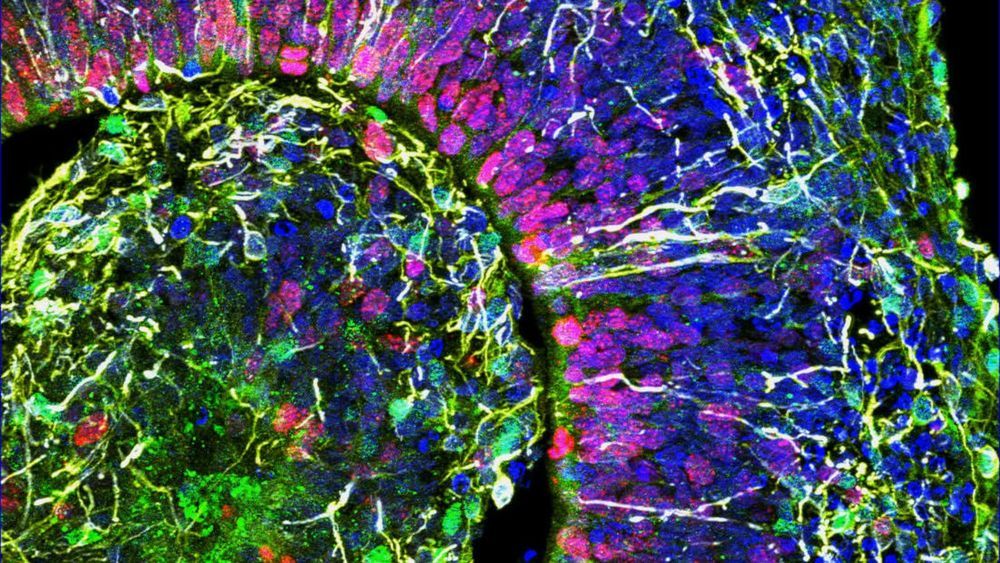Sep 5, 2019
Geneticists Are Untangling the Mystery of Left-Handedness
Posted by Genevieve Klien in categories: biotech/medical, genetics, neuroscience
A series of genetic variants can influence handedness, according to a new paper.
No, researchers have not discovered a “handedness gene.” But through brain imaging of 9,000 people in the United Kingdom, researchers devised a list of genetic variations that contribute to the way different brain processes end up on either side of the brain. This, in turn influences handedness—and can also influence whether someone will develop certain neurological diseases, according to the paper published in the journal Brain.
